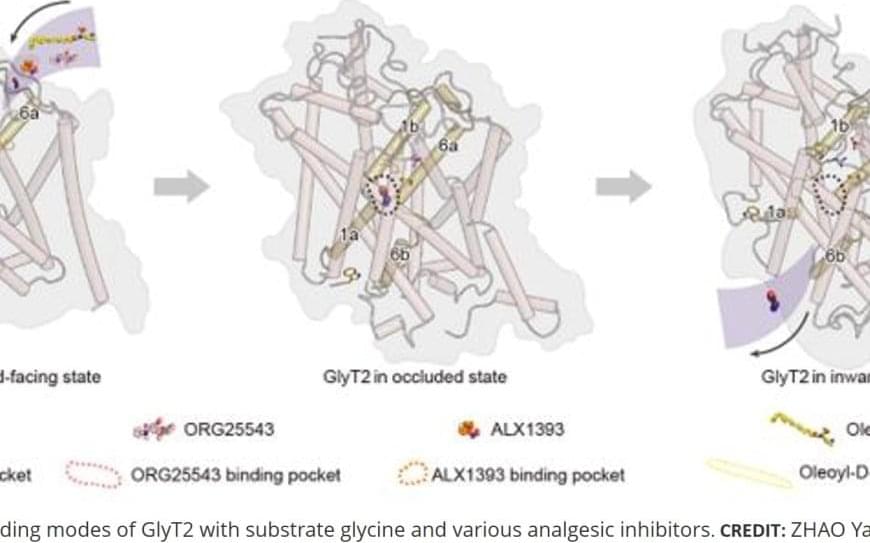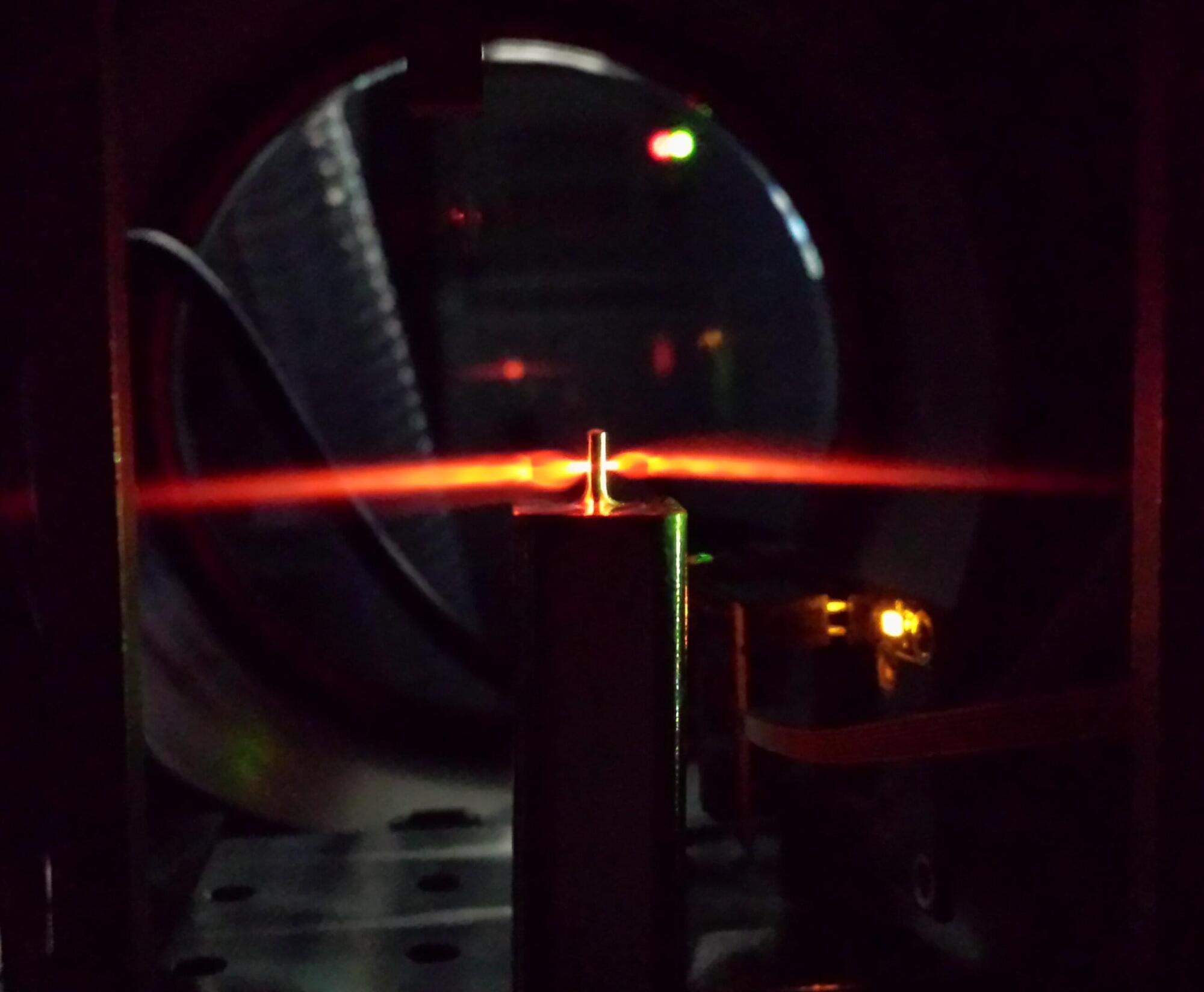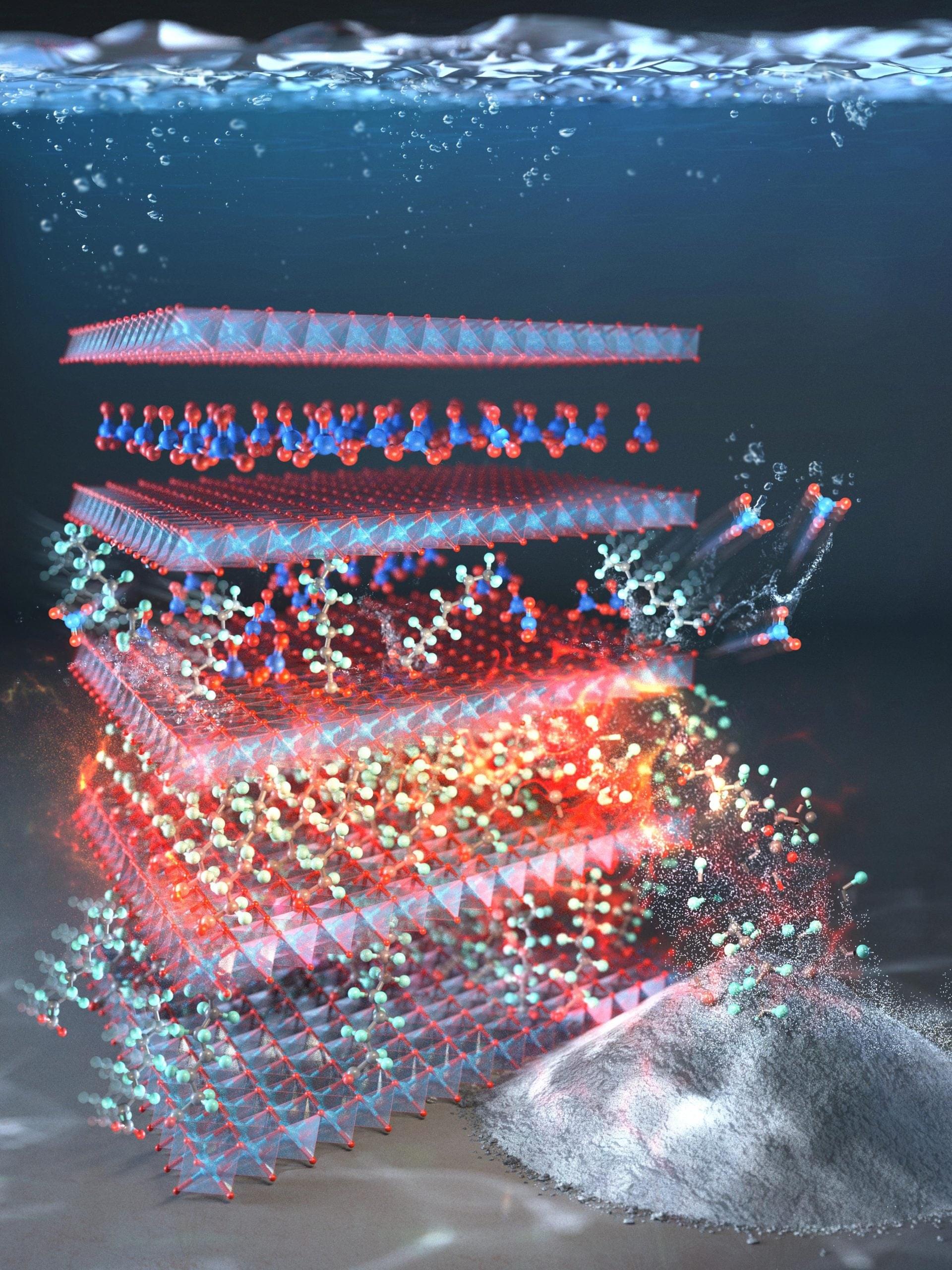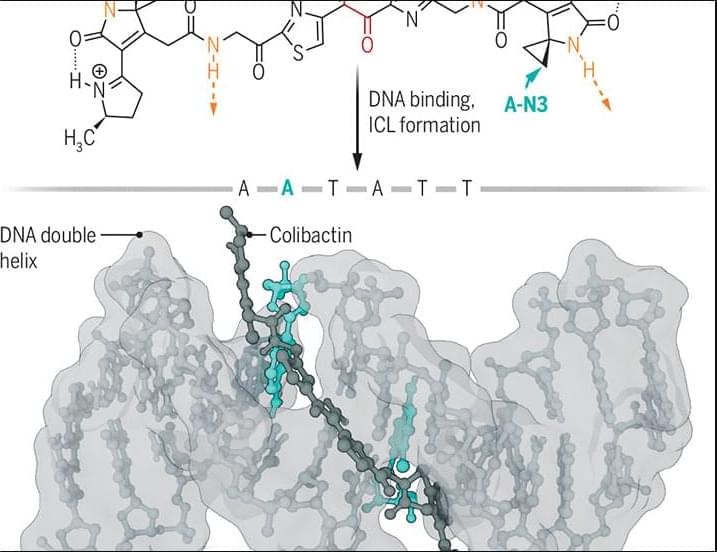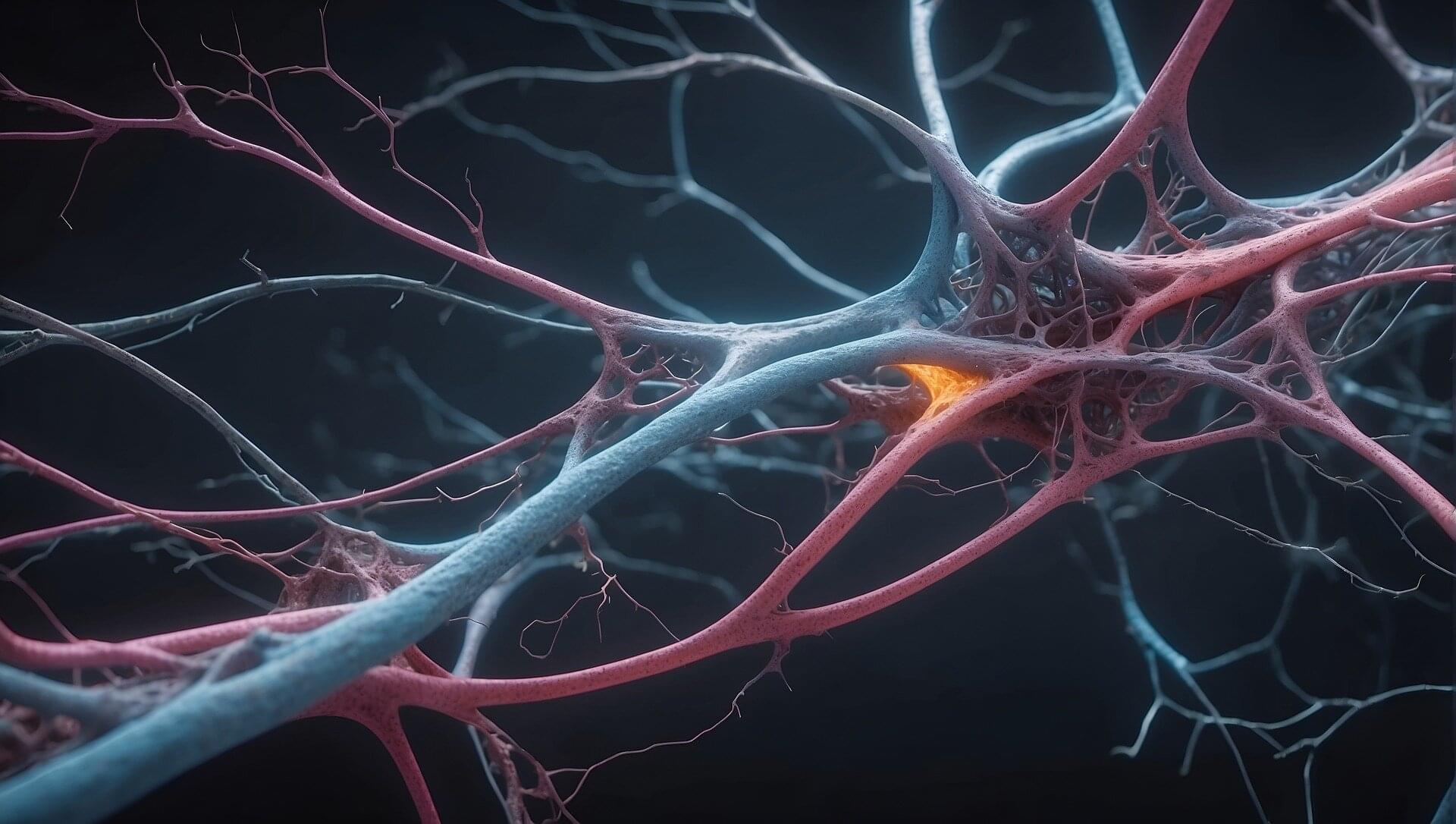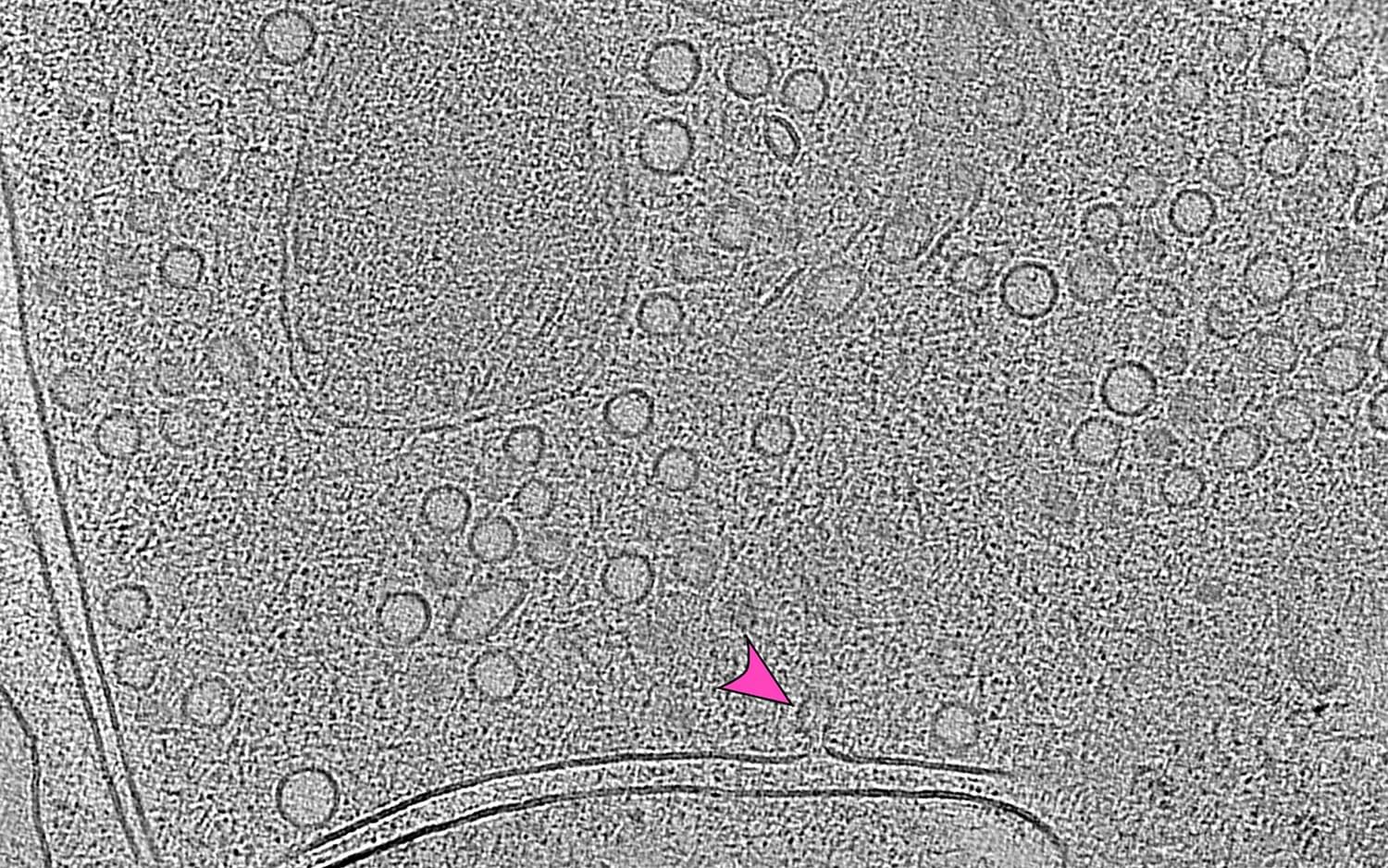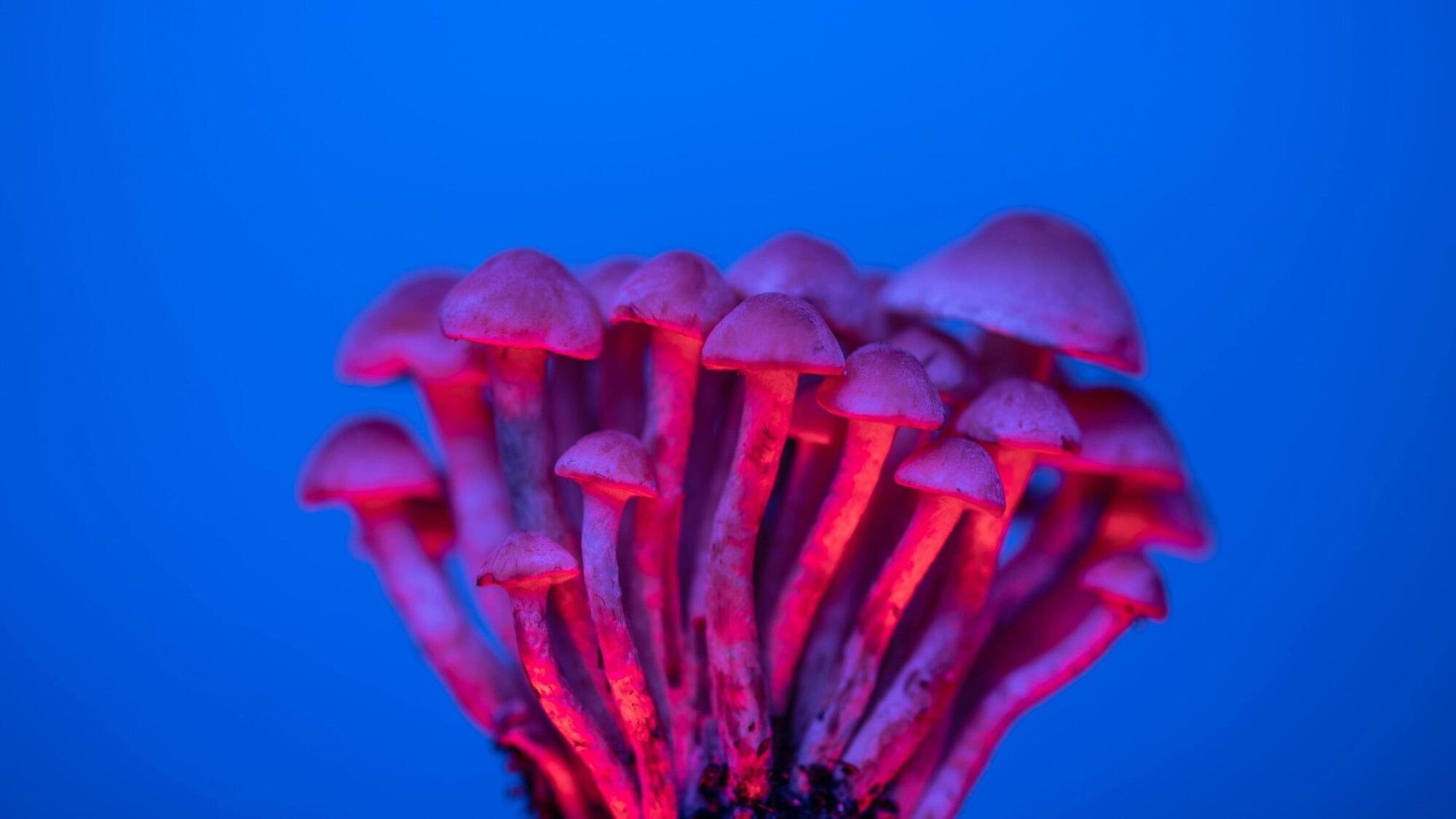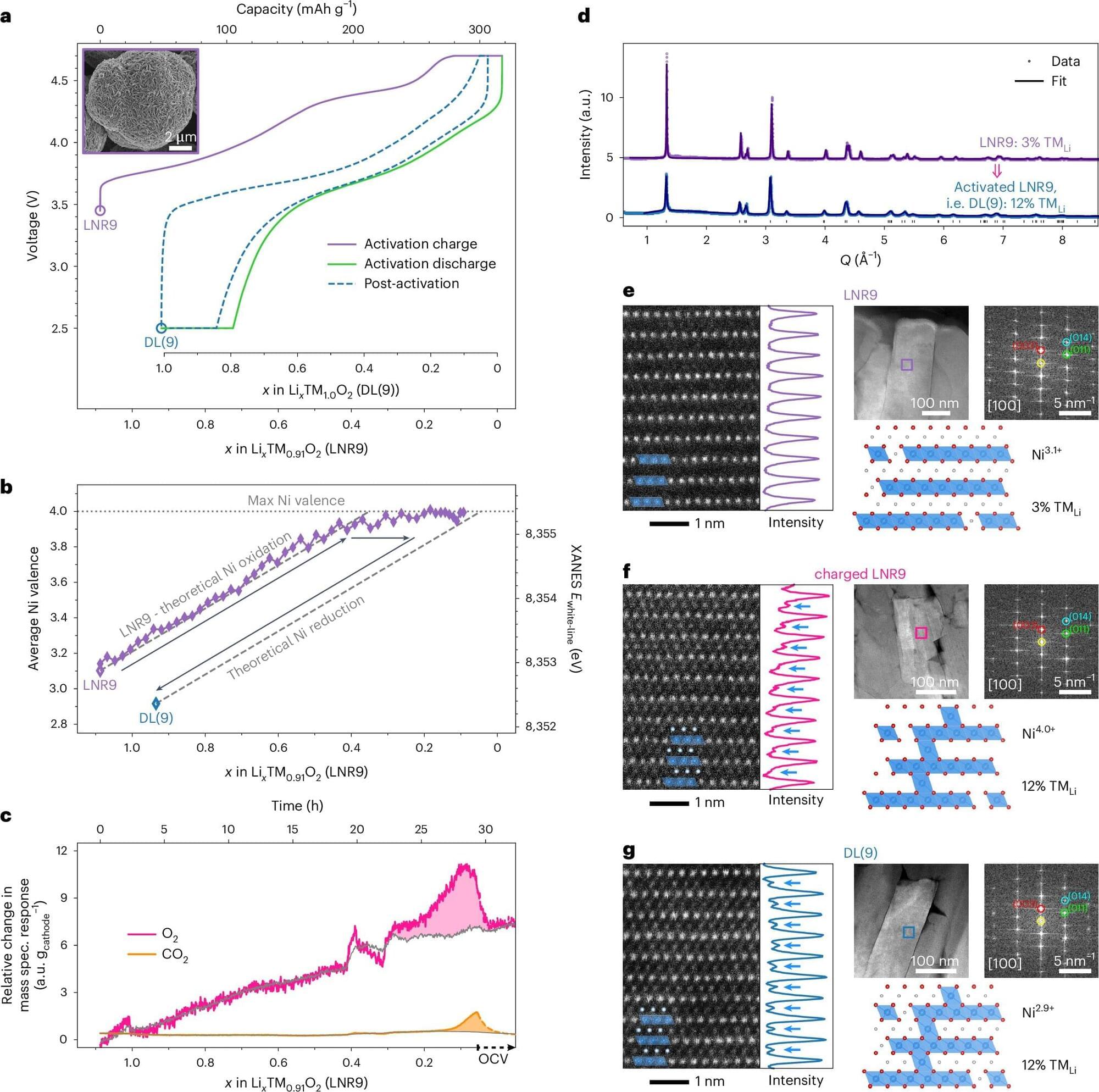Glycine is a major inhibitory neurotransmitter that reduces nerve activity, helping to regulate pain signals, motor control and sensory processing. Glycine transporter 2 (GlyT2) is a key regulator of glycinergic neurotransmission because it removes glycine from the synaptic clefts. When GlyT2 is inhibited, glycine reuptake is reduced, allowing synaptic glycine levels to rise and enhance inhibitory signaling. Because of its ability to modulate glycinergic transmission, GlyT2 is an attractive therapeutic target for neuropathic pain. It is particularly attractive because it suggests new means of non-opioid pain management.
In a new study published in PNAS, researchers reported high-resolution cryo-EM structures of GlyT2 in three major conformational states. These structures illuminate the transporter’s molecular mechanisms and provide critical insights into how analgesic compounds are recognized.
The researchers identified a previously unknown third sodium-binding site (Na3) on GlyT2. Whereas other neurotransmitter transporters use two Na ⁺ ions and one Cl ⁻ ion, the additional binding site demonstrates that GlyT2 uses three Na ⁺ ions and one Cl ⁻ ion to transport glycine per cycle. This additional sodium ion supplies the extra energetic drive required for glycine transport and offers new understanding of Na ⁺ /Cl ⁻-coupled substrate binding and conformational changes, supporting GlyT2’s specialized physiological function.
The researchers also uncovered a distinctive allosteric binding pocket that accommodates lipid-based inhibitors such as oleoyl-D-lysine, a derivative of the endogenous lipid N-arachidonyl glycine. Structural and biochemical analyzes revealed features that determine the inhibitory potency of this class of lipid molecules, providing a foundation for rational design of improved lipid-based GlyT2 analgesics.
Additionally, the researchers resolved structures of GlyT2 bound to several small-molecule inhibitors, including ALX1393, opiranserin, and ORG25543. These structures reveal distinct competitive and allosteric inhibition mechanisms and identify key residues responsible for selectivity between GlyT1 and GlyT2.
